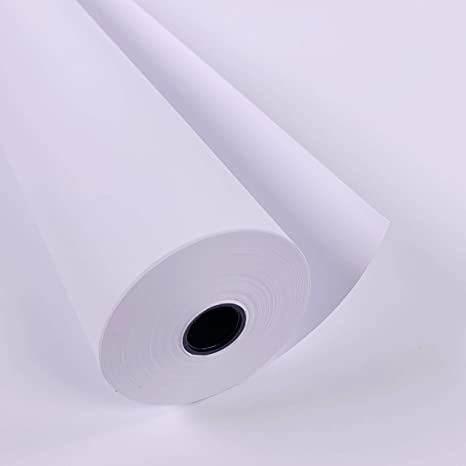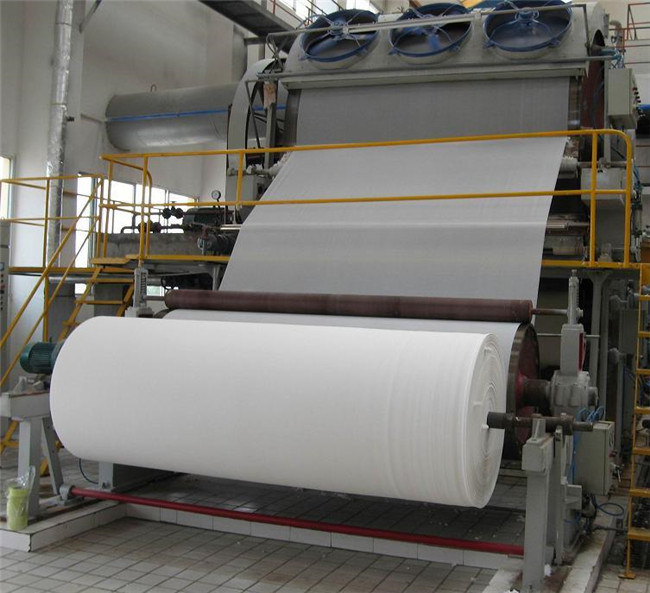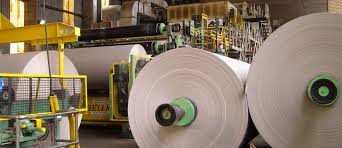
What is a Paper Mill Machine?
From money to reading materials like books, magazines and newspapers to wallpapers, we have used paper extensively. Ever since it was invented in China around the 2nd century, we humans have constantly used paper in whatever manner we can. The papermaking craft has remained unchanged fundamentally. However, the use of modern technology has highly improved the quality and efficiency. Today, let us take a closer look at the paper mill machine that is used to produce paper all over the world.
Paper mills are the places where you will find a paper mill machine. These types of mills or factories make the paper from wood fiber, vegetable fiber, old rags or even by recycling previously used paper. Before industrialization, the paper used to be made by hand. However, this certainly is not the case today. As the paper mill machine that is used today produces a lot of paper that also has higher quality.
So what is a Paper Mill Machine?
In simple terms, a paper mill machine can simply be defined as a type of industrial machine that is used popularly in the pulp and paper industry. It is used to produce paper in large amounts and at a high pace. Most papermaking process today has been based on principles of the Fourdrinier Machine.
In this technology, a moving woven mesh, which creates paper continuously. The fibers that are held in stock are filtered and produce a continuously moving mat of fiber. This is again dried to make a better quality paper. This simply is also a developed version of the hand paper-making method. However, hand-making would not be able to meet the needs and produce the large quantity of paper that is needed today. Therefore, we need a paper mill machine in our lives.
Process sections and operations in a Paper Mill Machine
The machines that are used today in the respective industry have at least five different types of operational sections. They are forming section, press section, drying section, calender section and reel section.
Forming section
Also known as the wet end, a forming section is a continuously rotating wire-mesh that removes. It removes the water that is in the paper by sucking it out through a vacuum.
From the chest of the machine, the stock is pumped to the head tank. This part of the machine also allows the air bubbles that will be formed to escape. The main water flow is pumped from a whitewater chest, which is continuously recycled by the fan pump. Then, on the way to the headbox, the slurry passes through cleaners.
The purpose of the headbox is to keep the fibers from clumping and make sure that they are distributed uniformly. The stock slurry exits the headbox from a rectangular opening. It is pressurized in high-speed machines and landed gently on the moving fabric.
Two large rolls are also present on the end of the drainage section. The rolls are driven, and it pulls the wires around the loop. The wires are also separated using drainage elements. There is also the presence of low vacuum boxes that are drained under gravitational pressure. Finally, the suction boxes are extended up to the couch roll.
Press Section
The Press section is simply part where the wet fiber is passed between large rolls. In addition, they are loaded under great pressure to remove as much water as possible.
This is the second section of a paper machine. In this phase, much of the water left is removed through a system of nips. These are formed by pressing the rolls against each other. Also, they are supported by press felts, which support the sheets and absorbs the pressed water. For proper working, the consistency should be maintained at above 40%.
Drying Section
In this section of the papermaker, the pressed sheet is passed around partly in a serpentine manner. It is done with the help of a number of steam-heated drying cylinders. By drying, the amount of water present in the system is brought down to about a level of 6%.
Here, the water present will be kept at ordinary indoors atmospheric temperatures and conditions. In addition, infra-red dryers are also used. The IR dryers are used in cases where cylinder drying is required. The steam enters from a dryer head and exits through a siphon that goes from the internal shell to the pipe’s center. The condensates also exit from a joint in the dryer head.
Calendar Section
This is the part where the dried paper is smoothened. This is done by treating the paper under high pressures and loading. This section of a paper mill machine contains two or more rolls. A nip is also present, which holds the sheet during the processing.
This is shrunk during the drying section, and it is held in with some tension when treated in the press section. The use of some extra nips may smoothen the product, but it might also reduce the paper strength at the same time. The main aim of this part is to give the paper a smooth and glossy surface with a uniform thickness. In addition, it is the pressure applied that determines the finesse of the product.
Reel section
This is the fifth and final part of an operation in a paper mill machine. In this section, the final product (white paper) comes out of the machine. After that, it is wounded into spools for further processing. The spools that are used are mostly made up of metal and are called reel drums.
The reel must also be able to switch from a finished roll to an empty roll. Then only, we will be able to keep the paper machine working continuously. At last, the hardness of the roll should also be checked. It should also be obtained and adjusted accordingly to ensure the hardness is within an acceptable range for the produced paper.
SB Group is one of the top paper manufacturers in Nepal. Hence, we also use the finest paper mill machine to produce our top-quality paper products. So, feel free to contact us if you need the best white writing and printing papers.



